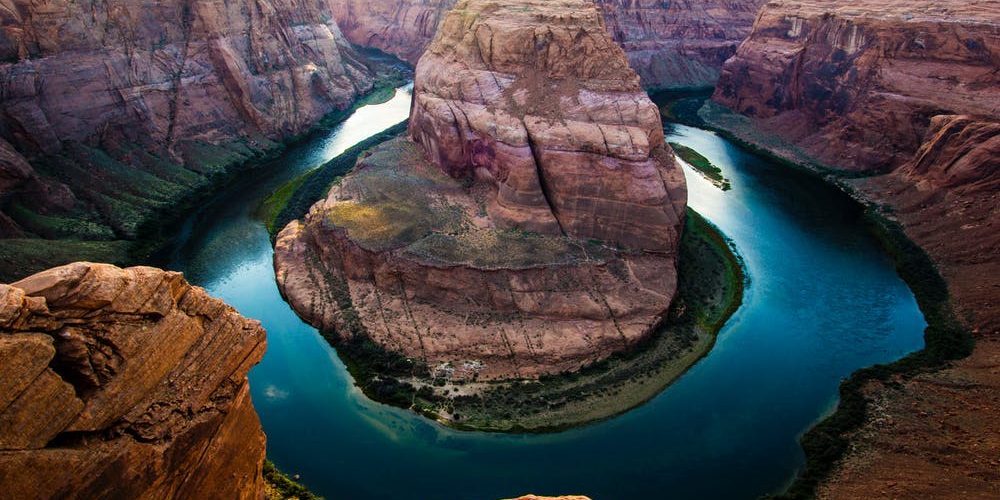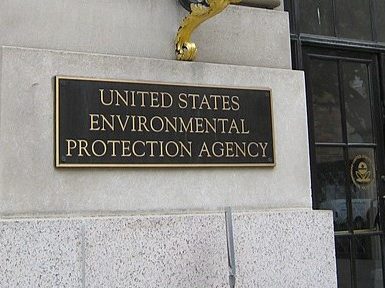For the first time in history, the federal government has declared a water shortage on the Colorado River, which serves as a lifeline to more than 40 million people in western states like Arizona and California.
States that are used to receiving substantial amounts of water from the river are going to be receiving considerable cuts in water availability. The river has served as a source of affordable hydraulic power and provides water for irrigation systems to countless farms in the region.
The Declaration came as no surprise to regular water watchers, as the U.S. Bureau of Reclamation has been consistently monitoring the levels in Lake Mead as it continues to fall. Currently, the reservoir sits at 35% capacity and is dropping. Levels this low have not been seen on Lake Mead since the Hoover Dam was built in the 1930s.
The largest cuts to date are set to shrink the flow of water in the 336-mile long Central Arizona Project Canal that has provided water to farmers in the desert cities and farmland stretches for over 30 years.
The reductions are following the course of action outlined in the Drought Contingency Plan, signed in 2019. The agreement provided a backstop provision that called for the members of the original agreement to reconvene if the levels in Lake Mead reached below the elevation of 1,020 feet.
The voluntary and mandatory Tier 1 cuts that the DCP outlined means that Arizona will lose 18% of its Colorado River supply, which amounts to 30% of the water that goes into the Central Arizona Project and 8% of Arizona’s overall water supply.
Farmers in Pinal County, in preparation for the shortage, have turned their focus on improving other methods to access water sources such as groundwater. Improved well pumps will allow more and better access to groundwater, but there are still going to be massive impacts to the farming community.
According to the president of the Arizona Farm Bureau Federation, Stefanie Smallhouse, up to 40% of farmland that relies on the Colorado River as the main source of water has the potential to be fallowed over the next few years.
“I can’t think of many other businesses that can take a 40% cut in their income within a few months and still be sustainable. When you farm, it’s not only your business, it’s your livelihood,” Smallhouse told the Associated Press last spring.
However, Arizona farmers are not projected to be the only ones affected by the water shortages that are being implemented.
Rhett Larson, an associate professor of water law and policy at Arizona State University warns the general public, “The fact that you’re not feeling it at your tap doesn’t mean you won’t feel it at your grocery store because Pinal County farmers are growing a lot of the things that you eat and use.”
Even in the face of future hardships, there is hope for the state with a strong history on water policy and management. Leaders throughout the state have a positive outlook on the prospective turnaround for Arizona land and water management by working with other state leaders.
“This is a serious turn of events, but not a crisis,” Arizona Department of Water Resources Director Tom Buschatzke said. “We can and will address these issues and be successful together in partnership.”
While Arizonans need to be observant and vigilant about their water usage, there is no reason to initiate panic protocol.
















Add comment